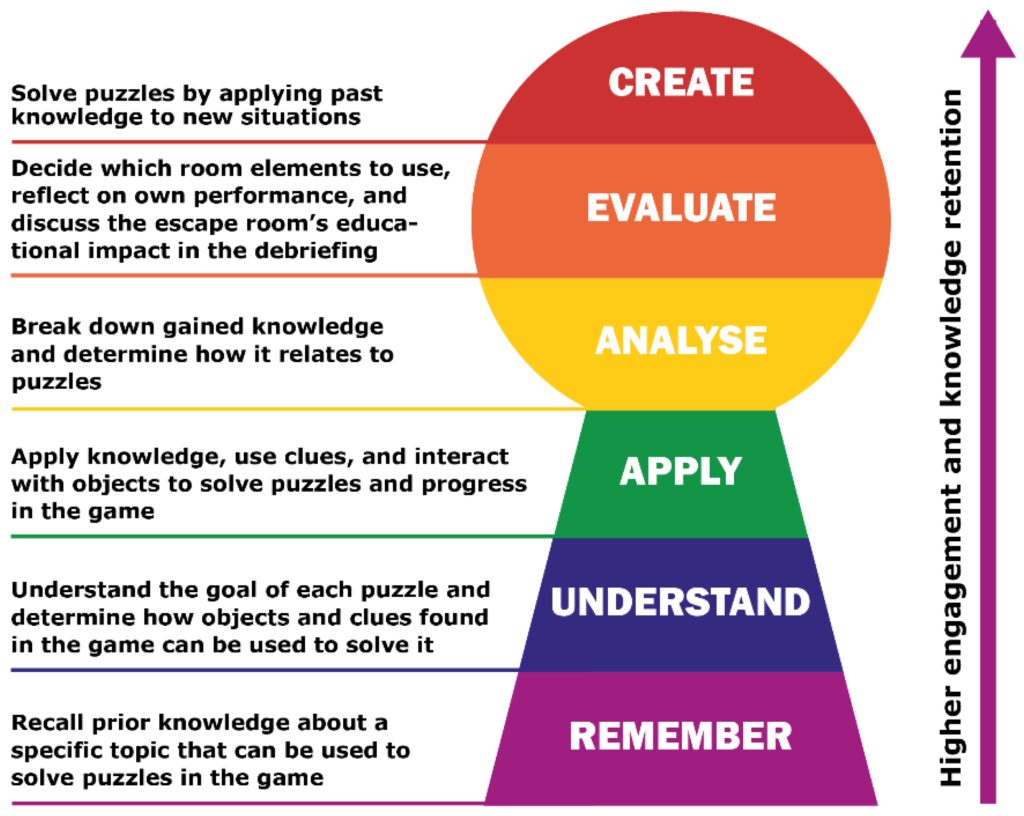Game developers must understand the science behind player engagement and retention to create games that captivate and retain players. One key factor is understanding what motivates players, with games that trigger the brain’s reward pathway being most effective in retaining players. Players must feel like they are making progress, with unlocking achievements or reaching new levels being critical to retaining them in the game. Creating a sense of community, providing unique experiences, and offering a sense of challenge are also vital for player engagement and retention in game development. Understanding these key factors will help developers create games that remain popular and engaging for years to come.
The Science Behind Player Engagement and Retention in Game Development
Creating a game that captures the attention of players and keeps them coming back for more is the ultimate goal of game developers. However, achieving this is easier said than done. It’s not enough to simply create an exciting concept with flashy graphics; there’s a science to creating games that engage and retain players. In this article, we’ll explore the key factors that contribute to player engagement and retention in game development.
Understanding Motivation
One of the most critical factors in player engagement is understanding what motivates players to keep playing. Games that trigger the brain’s reward pathway have been proven to be most effective in retaining players. This reward pathway is fueled by the release of dopamine, which is released when we experience something pleasurable or satisfying. In game development, this means that the brain’s reward center can be stimulated through accomplishments such as unlocking new levels, discovering hidden items, or beating a challenging boss. Keeping the player motivated and engaged through these accomplishments is the key to retaining them in the game.
Providing A Sense of Progression
Players must feel like they are making progress within the game to keep them engaged. Games that provide the player with a sense of progression through unlocking achievements or reaching new levels keep players coming back. The sense of accomplishment from making progress fuels the brain’s reward center, making the player motivated to continue playing.
Creating A Sense of Community
Humans are social creatures, and creating a sense of community within a game can greatly impact player retention. Games such as World of Warcraft and Fortnite have been successful in keeping players engaged through building communities within their games. Players can engage with one another through communication and collaboration, allowing them to form bonds and a sense of belonging. This sense of community also ties into the player’s sense of progression. Seeing other players continue to progress can motivate players to keep playing and striving for success within the game.
Providing Unique Experiences
A game that offers unique features and experiences can captivate players and keep them engaged. Uniqueness can come in various forms, such as a game’s mechanics, storyline, or characters. Creating unique experiences that are not available in other games will help to differentiate the game and make it more memorable for players. This will, in turn, keep players interested and coming back for more.
Creating A Sense of Challenge
Finally, games that provide a sense of challenge are vital for player engagement and retention. If a game is too easy, players will lose interest quickly. Using a gradual difficulty curve, developers can keep players on their toes and engaged in the game. Moreover, incorporating elements of randomness into the game ensures that the player never knows what to expect, keeping the experience fresh and engaging.
Conclusion
There is much more to creating engaging and retaining games than simple flashy graphics and exciting concepts. Game developers must understand the science behind player engagement and retention so that they can design games that provide a sense of accomplishment, progression, challenge, and community. By understanding what motivates players to keep playing and providing unique experiences, developers can create games that will remain popular and engaging for years to come.
